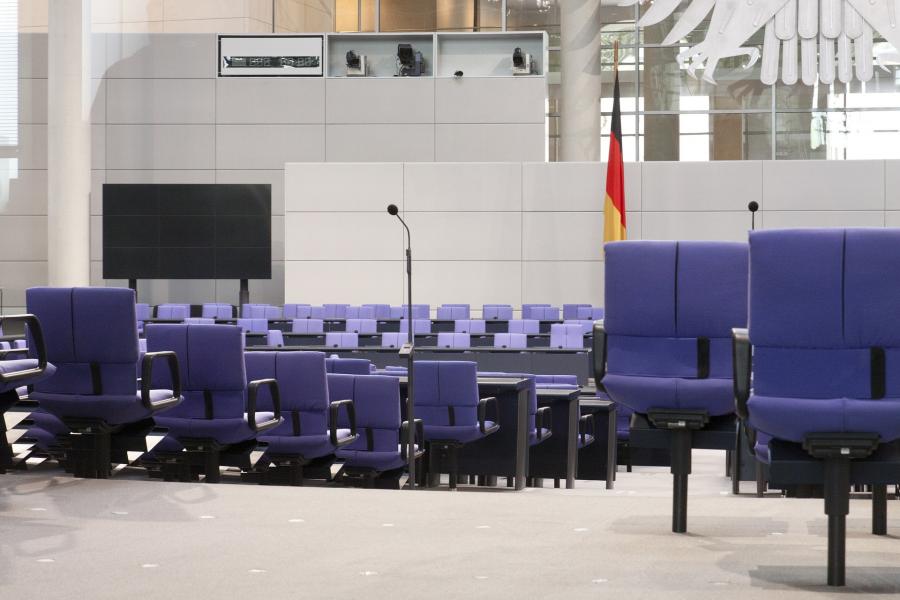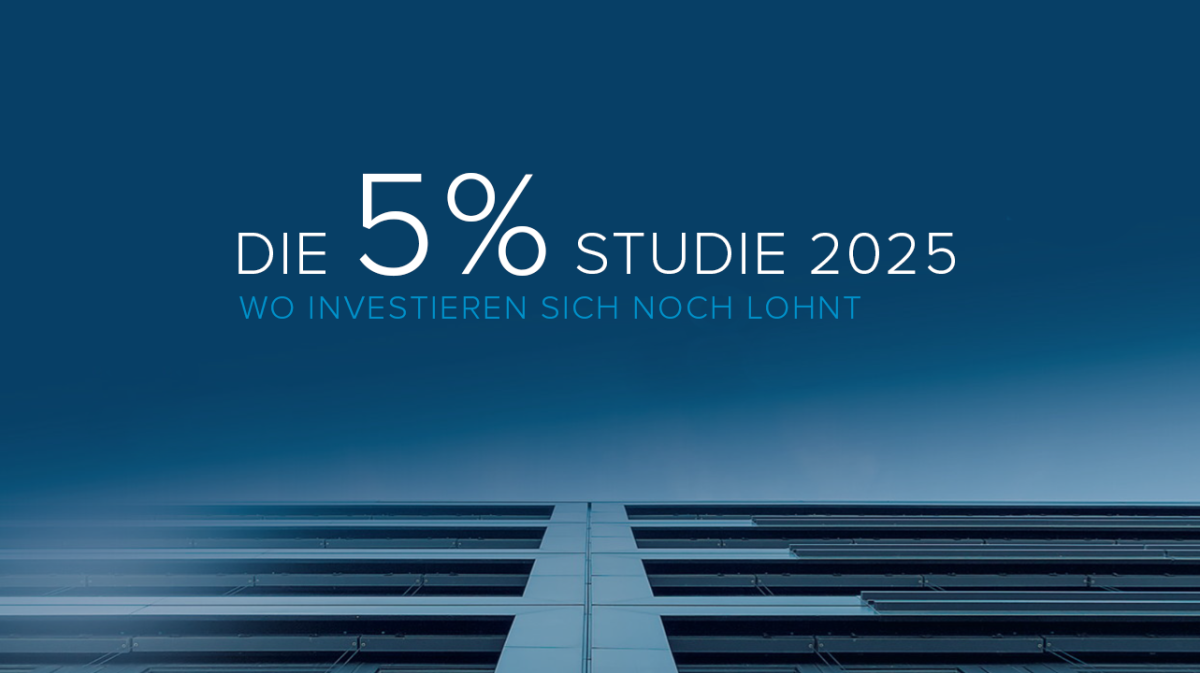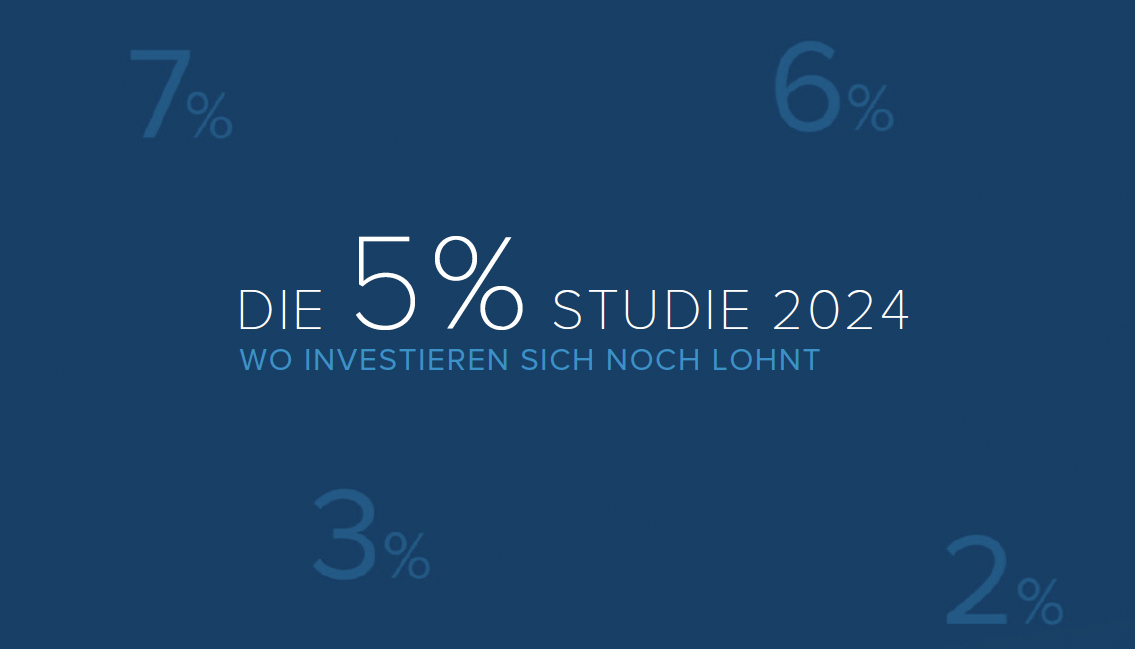Six recommendations for commercial real estate
As "real estate wise men", we looked at office, corporate, logistics and hotel real estate for the Spring Report. And we made six recommendations for politics and business. Three of these recommendations have to do with sustainability.
For many years, the ZIA has commissioned the so-called Council of Real Estate Experts to analyse the real estate markets. For this year's spring report, we again took a close look at the different types of commercial real estate. Although the developments of hotel and logistics real estate, for example, drift significantly apart, there is nevertheless a large common denominator with regard to the recommendations.
1. Sustainability with transparency
The topic of sustainability of real estate investments is currently determining market events and will continue to do so in the future. For more and more investors, the goal is therefore to launch funds that comply with Article 9 or at least Article 8 of the Disclosure Regulation, which has been in force since 10 March 2021. The achievement of ESG sustainability goals should be transparently evident through this.
The Taxonomy Ordinance, which regulates when an investment is environmentally sustainable, must be seen in close connection. The relevant criteria are currently being partially formulated. For property owners, a number of questions and contradictions arise. For example, there are no regional benchmarks for the classification of existing buildings with regard to building emissions. This would also have to take into account the differences between commercial properties, especially with regard to building technology and building envelope. The ZIA has proposed introducing the current standard according to the Building Energy Act (GEG) as a benchmark; this should also be implemented from an expert's point of view. The establishment of a national digital building database with information on energy demand and CO2 emissions should also be realised in the short term.
2. Sustainability with a sense of proportion
The market for commercial real estate in Germany shows high regional disparities in terms of achievable rents and yields. The earning power of buildings must therefore be assessed in a differentiated manner. For example, relevant refurbishments in structurally weaker regions can hardly be represented economically by rent adjustments. The regional reference in measuring the fulfilment of the taxonomy criteria must therefore be guaranteed with the highest possible granularity. High energy-related building requirements lead to higher economic burdens, usually for both tenants and landlords. This connection is particularly relevant for price-sensitive tenants (e.g. start-ups). Here, systems should be created that also enable this tenant group to "afford" the increase in the energy quality of the building. For example, the introduction of incentive systems could be examined.
3. Avoid distortions of competition
The emphasis on sustainability in the sense of ESG and the associated goals are very welcome. Nevertheless, project developers, investors and portfolio holders need more transparency with regard to the measures that have to be implemented in order to fulfil the requirements - especially according to Article 9 - of the Disclosure Regulation. In some countries, additional regulations are being drawn up, which means that the classification of a corresponding fund concept is currently possible in different ways. There is therefore room for manoeuvre, at least between countries. This should be kept as minimal as possible so that such differences within the EU do not lead to distortions of competition. Moreover, the approvals of Article 8 and Article 9 funds carried out in Germany so far only succeed in a close coordination process with the competent public authorities, which is not transparent for the market. This also applies in particular to the fulfilment of the social criteria, which have so far been defined in a very fragmented manner. In general, more transparency would be important here in order to facilitate investment decisions, especially for those who have to make advance payments, such as project developers.
4. Shaping the impact of the pandemic
Economic, social and cultural life will be affected by the pandemic for longer than originally assumed. Nevertheless, there is justified hope that a return to relative normality will be possible in the medium term. From the perspective of commercial real estate, this normality will undoubtedly look different than before the pandemic. In this context, the future of inner cities and the responsibility of politics must be emphasised once again. Only a vibrant urbanity will ensure prosperity, both for accommodation and office properties. Therefore, the tendencies towards desolation must be counteracted.
5. Enabling flexibility in working concepts
Future desk work will take place both at home and in corporate offices. If necessary, third locations such as the office close to home will be added. The concrete design of the work concepts will depend on both the needs of the company and the requirements of the employees. The political focus should be on enabling the highest possible degree of flexibility.
6. Supply of commercial space remains a bottleneck
As in the previous report, the shortage of commercial land should be mentioned again at this point. The new federal government's increased focus on the creation of housing is very welcome. Nevertheless, the needs for or the requirements of commercial real estate - and here in particular corporate real estate - should not be completely neglected. They provide the space for medium-sized companies, which are the backbone of our economy and thus the guarantor of our prosperity. Therefore, a balance in the designation of land for development is once again emphasised. Municipal commercial and industrial land concepts are of particular importance as a basis for creating a marketable supply. In this context, the development of existing commercial and industrial sites must also be taken into account.
Note: You can read the Spring Report and the press release here (German language).
Contact: Sven Carstensen, Member of the board at bulwiengesa, carstensen@bulwiengesa.de
You might also be interested in
For our magazine, we have summarized relevant topics, often based on our studies, analyses and projects, and prepared them in a reader-friendly way. This guarantees a quick overview of the latest news from the real estate industry.
Little movement on the German real estate market
For the eleventh time, bulwiengesa presents its comprehensive analysis of the German real estate markets. The results of this year's 5% study, conducted in collaboration with ADVANT Beiten, show that the German real estate market is characterized by widespread stagnation. At the same time, niche segments are becoming increasingly attractive. The market is increasingly rewarding professional asset management and specialist knowledge—a trend that separates the wheat from the chaffFive per cent returns no longer illusory even for core properties
The ‘5% study - where investing is still worthwhile’ celebrates its tenth anniversary. Since the first edition was published, the German property market has tarnished its reputation as a safe investment haven. Higher yields are now within sight, even for prime properties, and even residential property is increasingly becoming a profitable asset class again. The market is more exciting than it has been for a long timeValuation for corporate insolvencies
In turbulent times, more companies than ever are facing insolvency. According to our data alone, this affects around 400 project developments and countless existing properties. Ideally, valuations for insolvency administrations show more than the actual valueInteresting publications
Here you will find studies and analyses, some of which we have prepared on behalf of customers or on our own initiative based on our data and market expertise. You can download and read many of them free of charge here.







